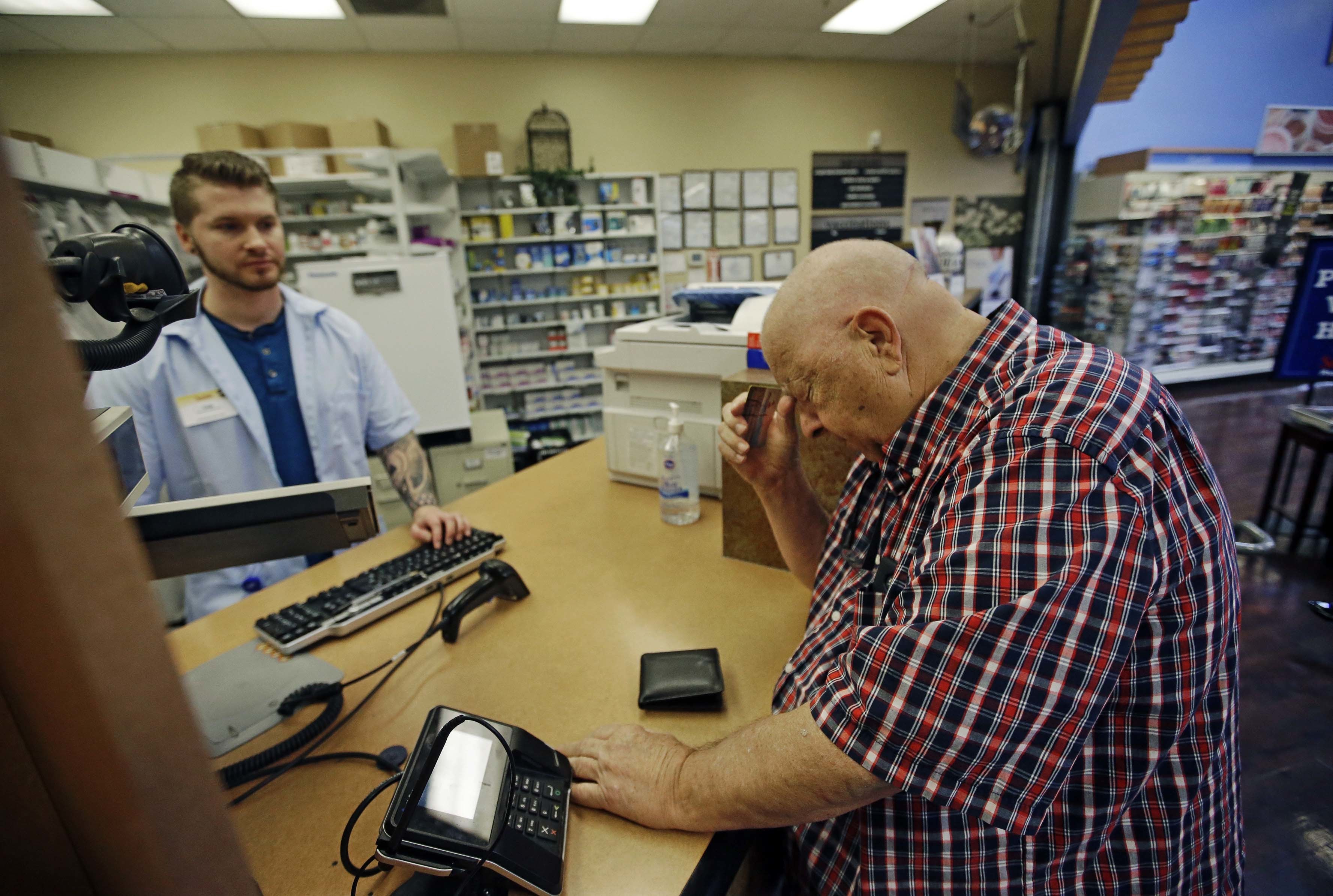
Anyone who’s had a critical prescription has to be both relieved and frustrated by the reaction to the rapid increase in the rise of EpiPen, the shot that people with severe and life-threatening allergies use to stay alive.
Relieved because politicians finally are noticing what pharmaceutical companies are doing to people. Frustrated because their experiences over the last few years met indifference until the scandal affected the right people.
The price of an EpiPen has increased 450-percent since 2004. It can cost $600 to buy the pen that costs the manufacturer $1 to make.
Like many parents, Sen. Amy Klobuchar has a daughter who carries an EpiPen, the New York Times says. She wants Congress to investigate the price hikes.
“This is a mainstream product that people carry, and it’s getting harder and harder for people to afford it,” she said.. “It’s just another example of what we keep seeing, outrageous price increases when a monopoly situation ends up in a company’s lap.”
It’s the kind of thing that could be an actual issue in a presidential campaign year if anyone had bothered to notice the suffering that people have been going through for years trying to pay for their prescriptions.
Prescription drugs cost twice as much in the United States as any other advanced nation.
A study in the Journal of the American Medical Association yesterday shows it’s a situation that couldn’t have happened without the help of the politicians.
The most important factor that allows manufacturers to set high drug prices is market exclusivity, protected by monopoly rights awarded upon Food and Drug Administration approval and by patents.
The availability of generic drugs after this exclusivity period is the main means of reducing prices in the United States, but access to them may be delayed by numerous business and legal strategies.
The primary counterweight against excessive pricing during market exclusivity is the negotiating power of the payer, which is currently constrained by several factors, including the requirement that most government drug payment plans cover nearly all products.
Another key contributor to drug spending is physician prescribing choices when comparable alternatives are available at different costs.
Although prices are often justified by the high cost of drug development, there is no evidence of an association between research and development costs and prices; rather, prescription drugs are priced in the United States primarily on the basis of what the market will bear.
The prescription drug companies blame the victims for being enrolled in high-deductible insurance plans, CNN says, almost as if they haven’t raised their prices to astronomical levels.
What’s amazing is how this issue disappeared from the political landscape over the years.
It wasn’t that long ago that then-Sen. Mark Dayton hired buses to drive seniors to Canada to get their prescription drugs. He donated his $141,000 Senate salary to fund the trips.
The New York Times referred to the busloads of seniors trying to afford their prescriptions as “grumpy old drug smugglers.”
After 12 years, the bus trips were halted in 2007. A stronger Canadian dollar and somewhat better Medicare drug benefit had cut the participation in half.
But the reality is people who can’t afford their medication have often simply stopped taking them. The Centers for Disease Control study last year suggested about 8 percent of Americans have simply given up.
NPR reported last year that the drug used to treat Multiple Sclerosis patients now costs $66,000 a year.
Drug companies are acting much like a cartel such as OPEC, says Stephen Schondelmeyer, a pharmaceutical economist at the University of Minnesota. He says the companies must figure “if we all keep moving [our prices] up and nobody moves down, we can get away with raising the price, because if a person has multiple sclerosis, what other choice do they have?”
Last year, new drugs to treat hepatitis C at a cost of $80,000 or more also sparked an anxious discussion about high drug prices. At least those drugs cure the disease, and by so doing reduce future health-care costs. But that’s not true for multiple sclerosis drugs.
“When the price of a drug doubles, does the patient get twice as much outcome?” Schondelmeyer asks. “No, it’s the same drug.”
Last August, a Kaiser study showed a quarter Americans said they were having difficulty affording their prescriptions. And 10% of insured U.S. patients with the blood cancer multiple myeloma said they had stopped taking a cancer drug because of its cost.
That’s a scandal that long-predated the EpiPen price hikes and has literally killed Americans.
Related: Naloxone prices skyrocket, impact MN patients (KARE)
